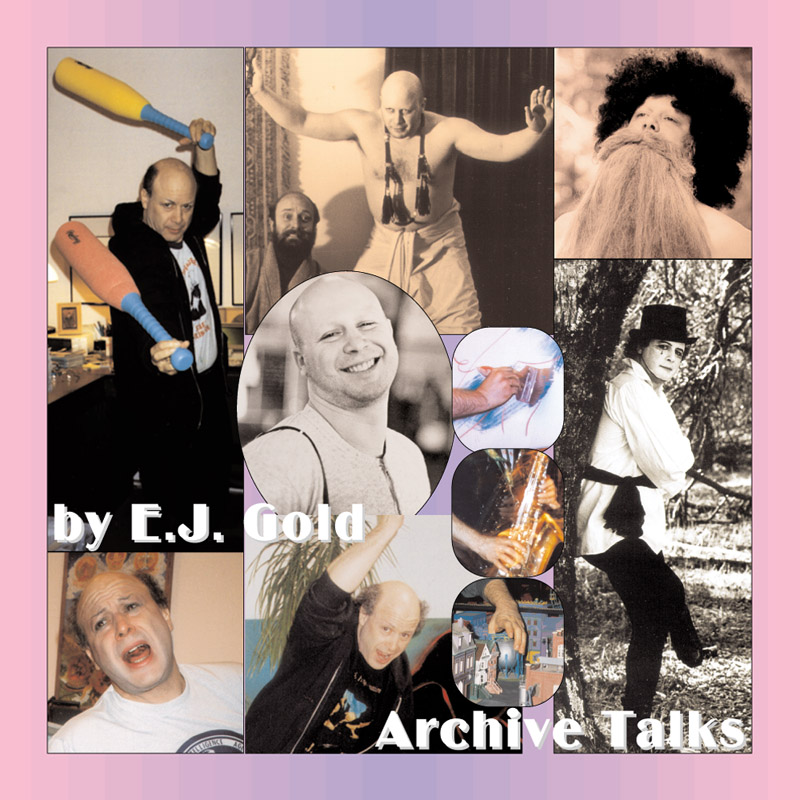

CDT362
Water Colors (Mini Workshop #60)
Synopsis
The talk blends a discussion on watercolor techniques with broader philosophical insights on art and creativity. It covers the importance of self-directed learning, the limitations of academic training, and the necessity of avoiding comparisons with other artists. The speaker emphasizes the painterly approach over draftsmanship, advocates for spontaneity in creative work, and introduces Zen-inspired methodologies for watercolor painting. The latter half of the talk transitions into technical instructions on using a game design editor, elaborating on domain structuring, object placement, and environmental rendering.
Summary
The speaker begins with a practical discussion on watercolor painting, stressing the relationship between water and pigment and explaining how transparency and texture are determined by this balance. He criticizes rigid English watercolor techniques and instead proposes a looser, more expressive method inspired by calligraphy and Zen meditation. The talk conveys a strong stance against the mechanistic approach to art education, suggesting that most formal instruction teaches how to teach art rather than how to make it. The speaker urges artists to stop comparing themselves to others, focus on emotional expression rather than intellectual meaning, and develop their own style through extensive practice.
He recounts anecdotes from his own artistic education, mentioning instructors from Otis Parsons and his disdain for hyper-detailed, technical perfection, preferring painterly qualities that invoke emotional responses. Several methodological insights are provided, including brush loading techniques, spontaneous mark-making, and the balance of composition and negative space. The session transitions into a hands-on component where students experiment with watercolor under time constraints, embracing instinct over overthinking.
In the latter portion, the discussion entirely shifts to a technical tutorial on a game design editor. The speaker provides step-by-step guidance in constructing digital environments, explaining concepts such as grids, domains, textures, object placement, and navigation through various menu options. The tutorial emphasizes foundational skills before advancing into more complex design elements. Despite technical limitations, the speaker demonstrates ways to adapt and troubleshoot rendering issues. Ultimately, he advises beginners to focus on fundamental structures before experimenting with more sophisticated features.
Keywords & Key Phrases
- Painterly vs. Draftsmanship
- Zen Watercolor
- Emotional Trigger in Art
- Calligraphy-Based Technique
- Spontaneity in Composition
- Transparency & Pigment Balance
- English Watercolor Critique
- Fundamental vs. Dependent Elements
- Comparing Artists Fallacy
- Processing Mental Chatter
- Sumi-e Influence
- Art as Emotional Response
- Grid-Based Level Design
- Domain Structuring in Game Design
- Object Placement in Rendering
- Masked Walls & Walkthrough Elements
- Alt-S Save Function
- Texture Mapping in Digital Space
- Layered Environmental Design
Graphic Prompt
A dimly lit artist’s studio with watercolor paintings in various stages of completion. A large sheet of watercolor paper is positioned on a wooden table, with rich blues and translucent washes merging into abstract forms. A worn brush and an ink-stained sponge rest beside the painting. Overhead, a single light bulb casts a moody, atmospheric glow. Faintly in the background, an old computer monitor displays a wireframe digital landscape, bridging the traditional and digital creative processes.



